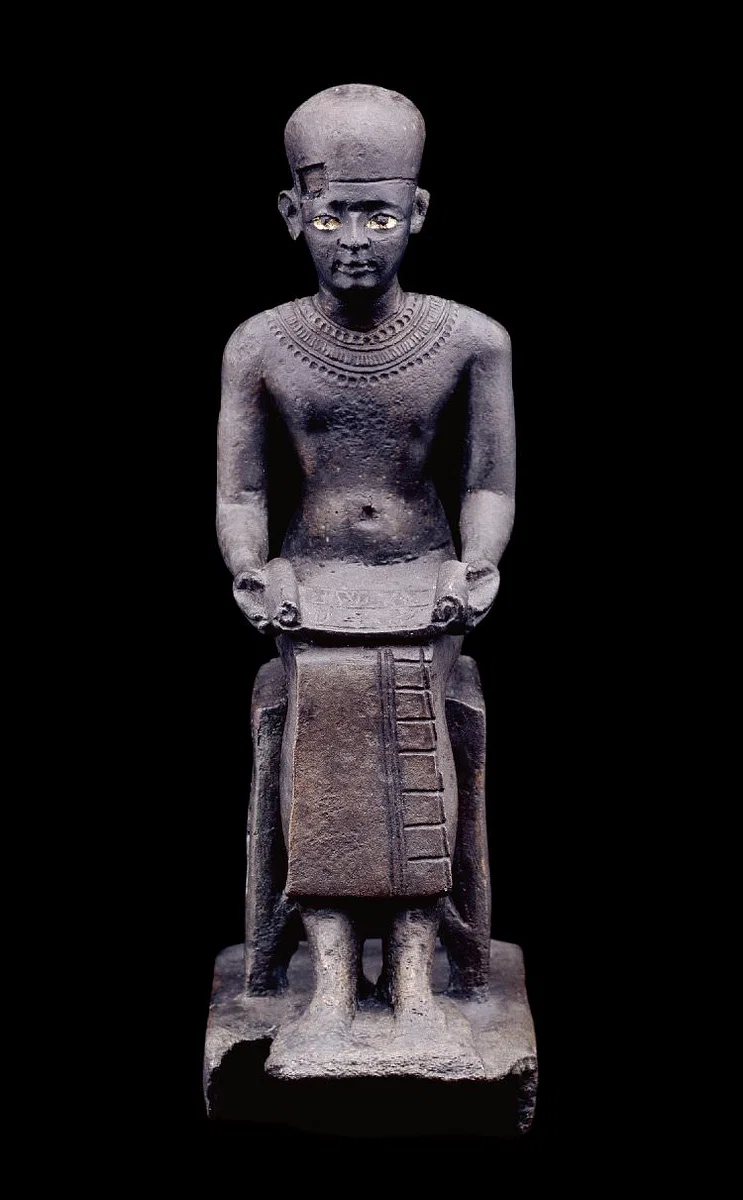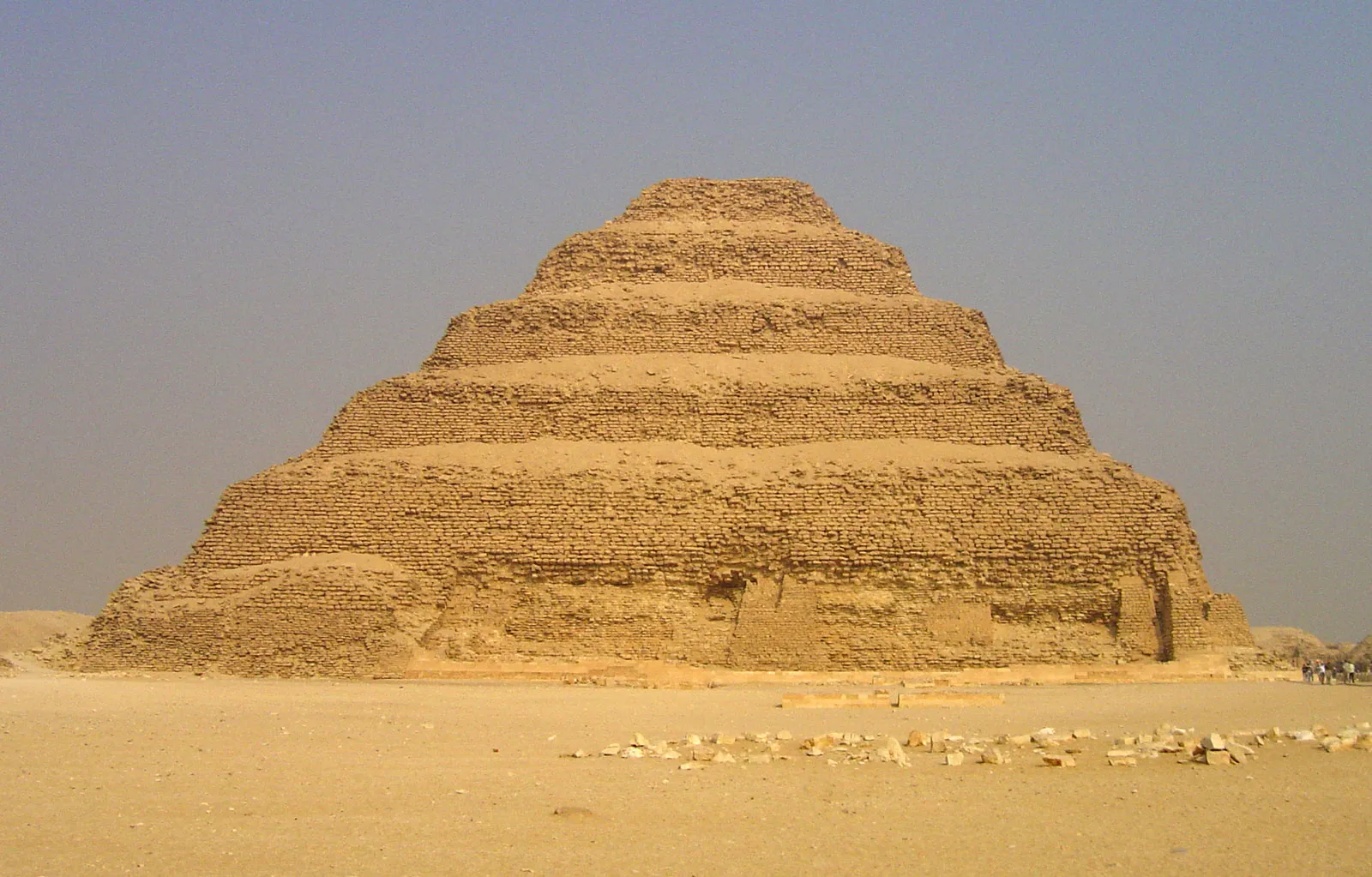The First Engineer
- Alica Adamat

- Dec 16, 2023
- 2 min read
Did you know, that the first engineer was also a vizier, astrologer, physician, architect and god? Imhotep, the chief minister to Djoser (the second king of Egypt’s third dynasty) was truly pre-eminent in many fields.
It is believed that Imhotep was born in Memphis in the 27th century BC.
Historians thought that Imhotep was a mythological figure until the late 19th century. This fact was disproved when C.E. Wilbour discovered a Famine Stela carved in granite at the upper cataract of the Nile River near Aswan. Imhotep was here declared as the ‘’Chancellor of the King of Lower Egypt, the first one under the King, the administrator of the Great Mansion, the hereditary noble, the High Priest of Heliopolis, the chief sculptor and the chief carpenter’’.
His impact on the architecture is indispensable. He built the world’s first pyramid and at the same time the first structure built of cut stone, the Step Pyramid. Step Pyramid was finished in only 20 years with a height of almost 200 feet. Built of 6 gargantuan steps, it is a giant staircase for the King to climb on the way to the god of the sun, Ra. He was additionally the first to use columns to support a building. He authored an encyclopedic text used by Egytiptian architects for thousands of years.
He achieved a profusion of attainments in the field of medicine. He is believed to be the original author of the earliest known writing on medicine, the content of the Edwin Smith Papyrus. He rejected that magic causes illnesses. He believed that the environment is responsible, rather than the gods.
Imhotep’s deification began shortly after his death. He was referred to as a demi-god one century after his death. He is one of only two mortals ever given the title of God.
His temple was in Memphis, where he replaced Nefertem. It was believed that his father was Ptah, the creator of the universe and his mother Sekhmet, the goddess of war and pestilence.
Resources:







Comments